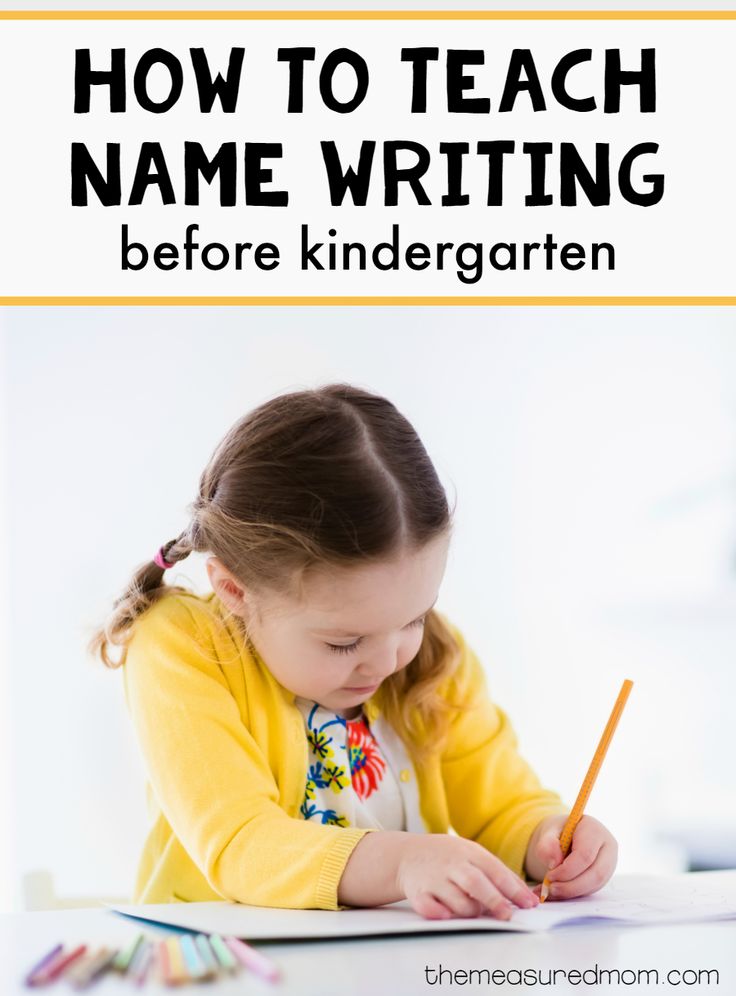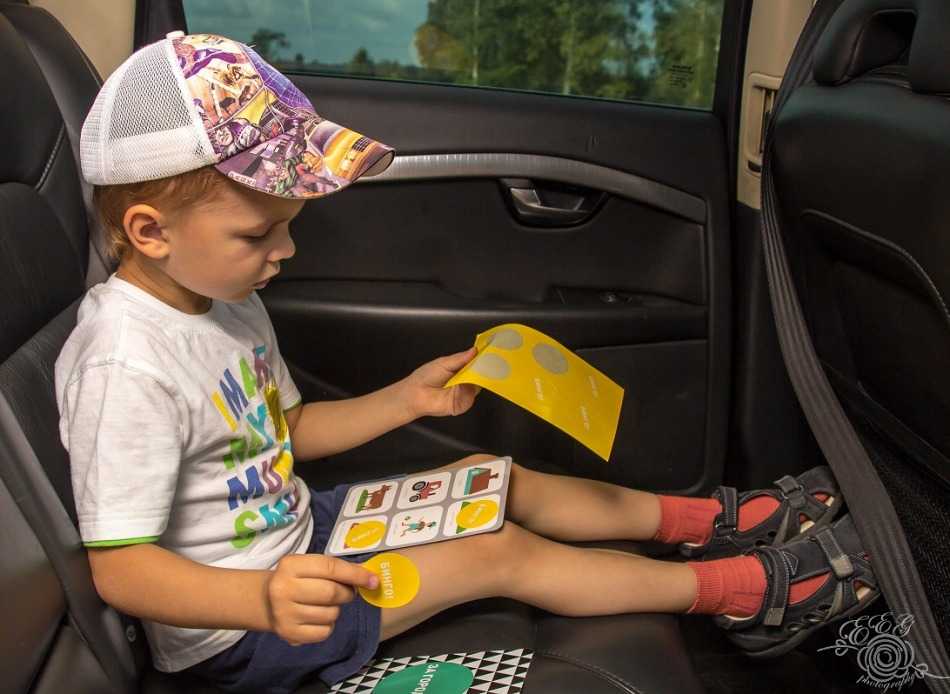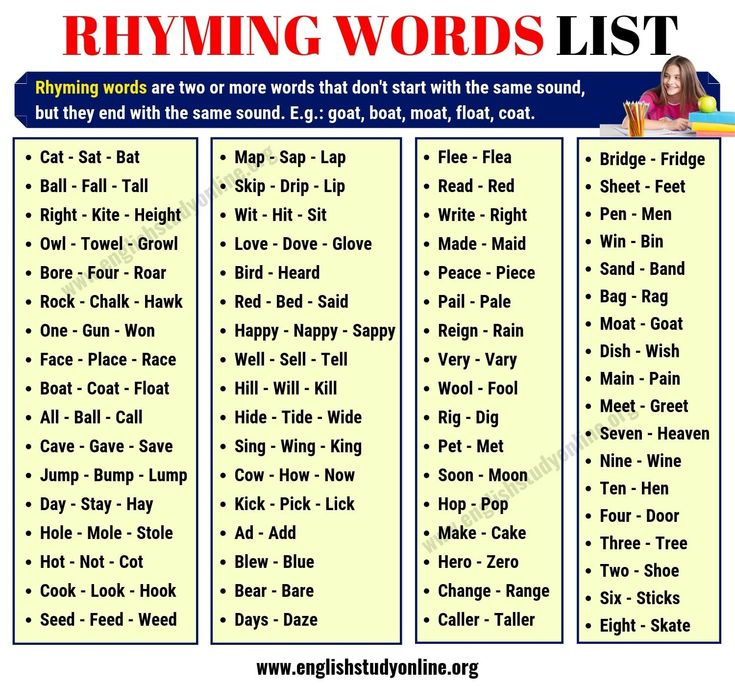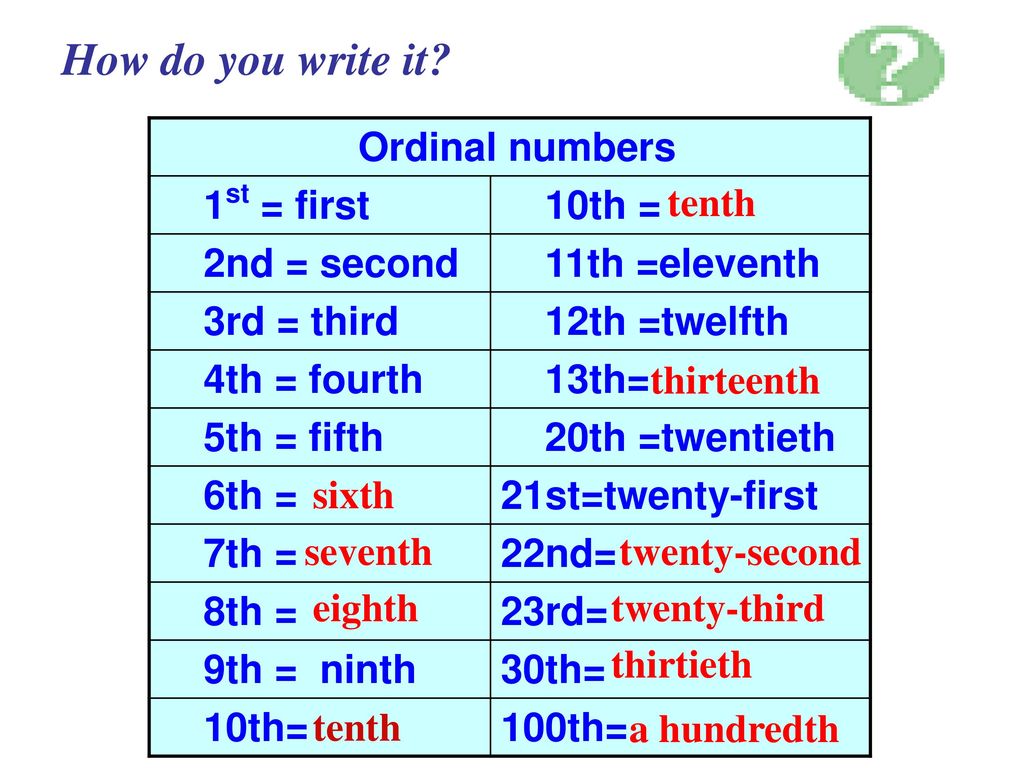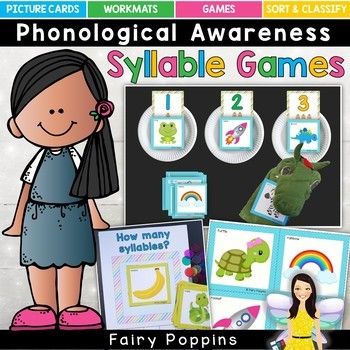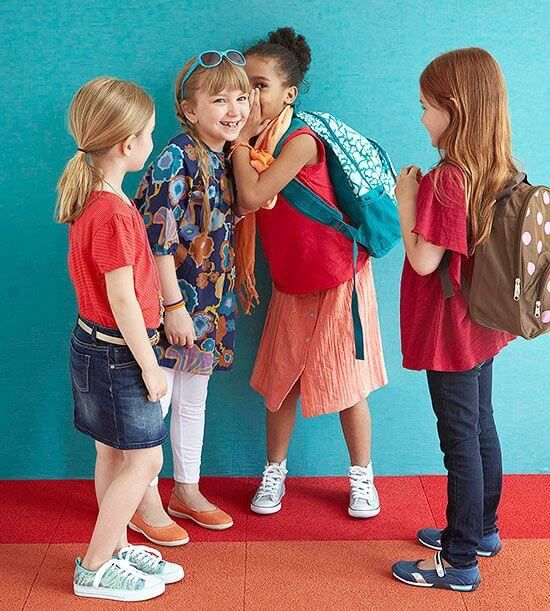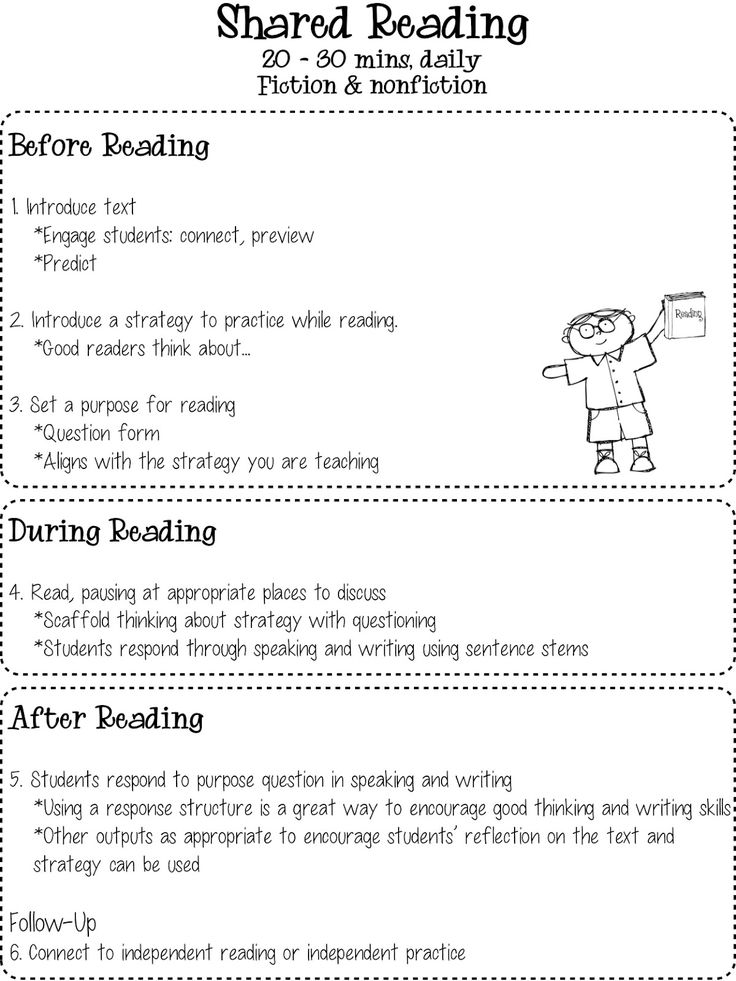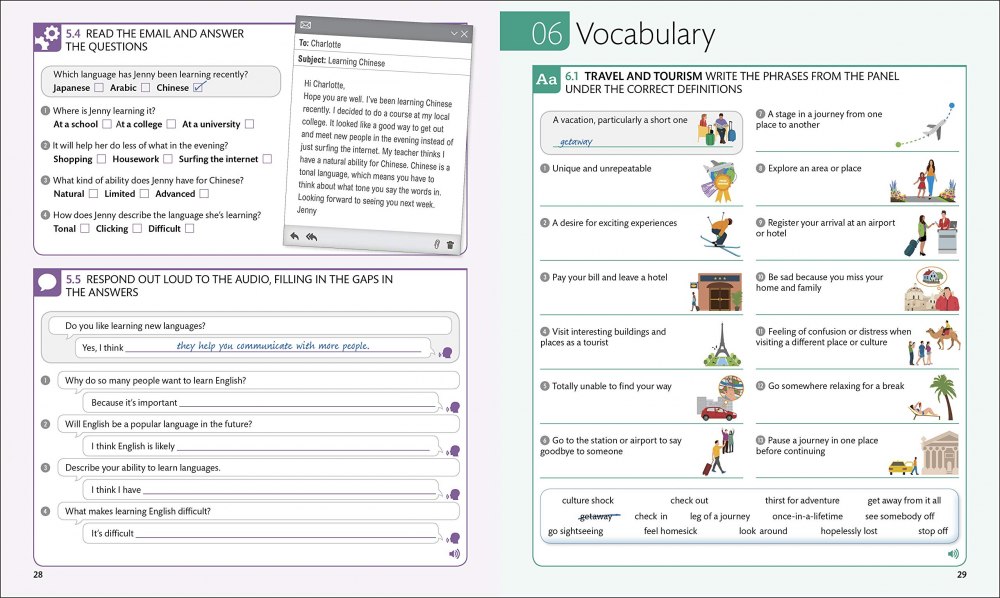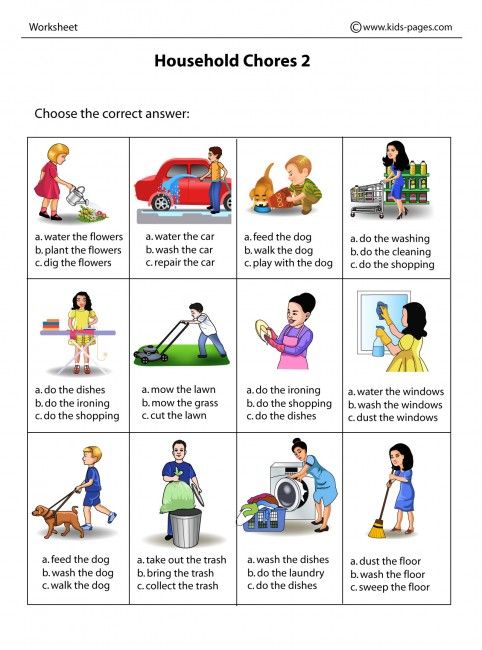Sight word love
How To Use Sight Words To Foster A Love Of Reading
As a parent, you may have heard the term “sight words” but might not really know what it means. We read sight words every day without thinking about it. They are words like “the,” “he,” and “where,” for example, that are very common but not easy to sound out.
Learning sight words can boost your child’s reading skills and confidence. When you give your little one the resources they need to recognize sight words, they’ll be on the path to mastering — and enjoying — their reading journey!
In this article, we’ll talk about what sight words are and share some fun ways to use them to help kids learn to read.
Table of Contents
- What Are Sight Words?
- When Should Kids Learn Sight Words?
- Age-Appropriate Sight Words
- Fun And Easy Tips For Using Sight Words
- What To Do If Your Child Is Struggling
- Sight Words And Reading
- A Lifetime Of Reading
What Are Sight Words?
As we mentioned, sight words aren’t easy to sound out or decode, so we memorize them (or, in other words, recognize them by sight).
Once your child learns sight words, they won’t need to spend a lot of time trying to decipher these high-frequency words. This helps them improve their reading fluency and makes reading more fun.
After all, being able to quickly recognize sight words is one of the first steps to a lifetime of reading adventures!
Here are some examples of the simplest and most essential sight words:
- The
- Was
- Are
- Of
- To
- On
- Have
- What
- Said
As kids develop their reading skills, the list of words they recognize by sight will grow well beyond the one above. But giving them these words to start with can help boost their confidence and encourage them to learn more.
When Should Kids Learn Sight Words?
Most children — not all! — begin to master a few sight words (like is, it, my, me, and no) by the time they’re in Pre-K at four years old. Then, during kindergarten, children are introduced to anywhere from 20 to 50 sight words, adding to that number each year.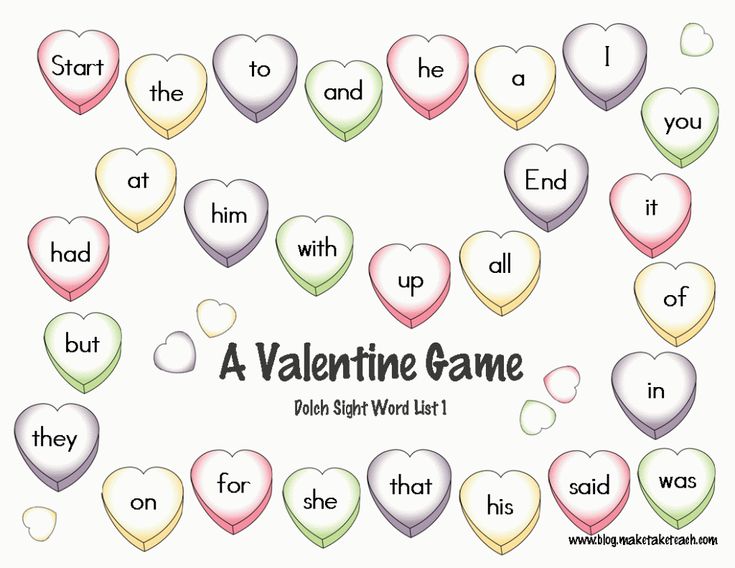
However, it’s important to mention that while some kids are ready for sight words before they turn four, others may not be ready until they’re five or older.
How can you tell if your child is ready to start memorizing sight words? Here are a few easy signs to watch for in your little one. They:
- Show an interest in books
- Recognize some or all letters
- Can hear the sounds in words (such as knowing when words rhyme)
- Express an eagerness to learn how to read
If your child isn’t quite there yet, that’s OK! Give the process — and your little one — time and grace. And remember that every child learns in their own way and in their own timing!
If you get started but your child seems a bit discouraged, consider trying some simple, yet fun, approaches to introducing sight words. Sight words hopscotch, memory games, and other similar activities are great ways to engage different learning styles.
Finally, if your little one still seems to be struggling, that’s OK, too! Their teacher can be a great resource offering ideas for tackling these special words.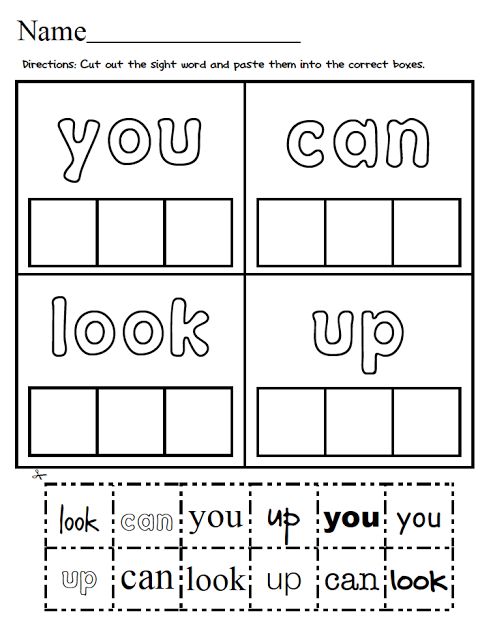
Age-Appropriate Sight Words
Some sight words are more difficult than others, meaning different levels of sight words are appropriate for different ages.
To help you easily keep them straight, there are two common lists that break down which words are best to introduce at which age: The Dolch Word List (also called The Dolch 220) and The Fry Word List.
We recommend starting with The Dolch 220. Made up of the most commonly used words in the English language, this list is ideal for helping your four to eight-year-old develop a love for reading!
The Dolch Sight Words List
Edward William Dolch was a professor who wrote several children’s books with his wife. In the 1930s, he researched and discovered the 220 words that were most frequently used in the English language.
These words were given the title “Sight Words” and the list was born. Later, he compiled a list of the 95 most common nouns in English, bringing the number of sight words in his lists to 315.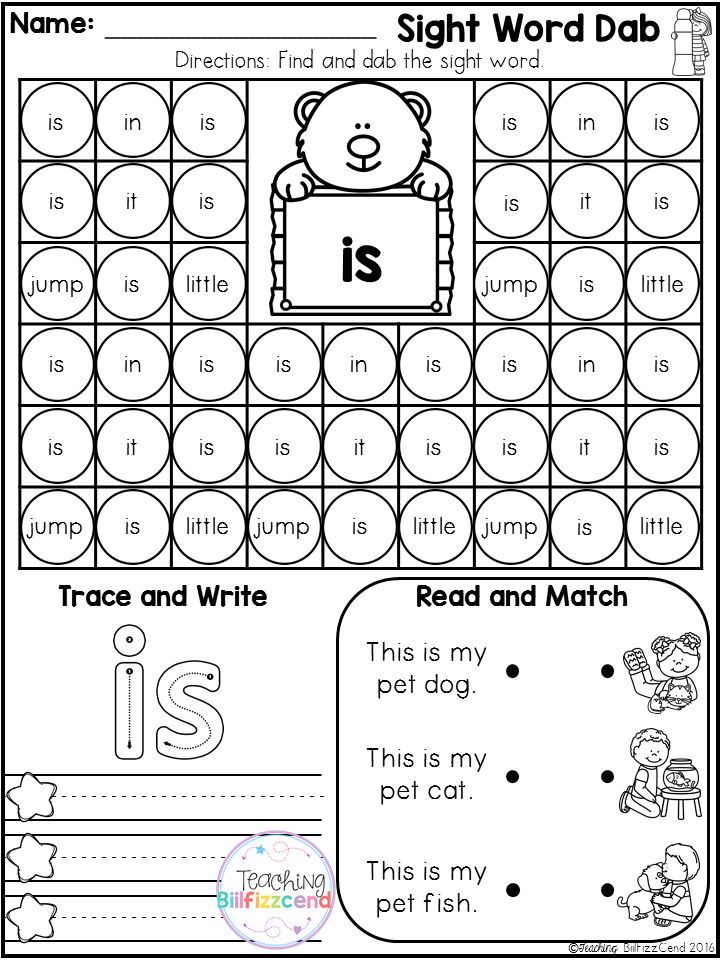
To make it easy to choose which words to introduce based on a child’s age, the Dolch high-frequency word list is broken up into five groups: Pre-K (Pre-Primer), Kindergarten (Primer), First Grade, Second Grade, and Third Grade.
You can choose which group to start introducing to your child based on their grade level, or you can work with whichever one you feel they’re ready for. There are different ways to begin your child’s reading adventure!
For example, if your child is a kindergartener, according to the Dolch list, they might be ready to start learning some of these words:
- All
- Ride
- Saw
- There
- Four
- He
- Our
The Dolch Sight Words are often used in schools, so your child’s teacher will most likely provide a list of sight words to help you get started.
But if your child isn’t yet in school or you’re unsure where to start, our Learning Quiz is a great way to help identify your child’s reading stage! From there, investigate our games and practice menus in the HOMER Learn & Grow app for sight word games and activities for your child.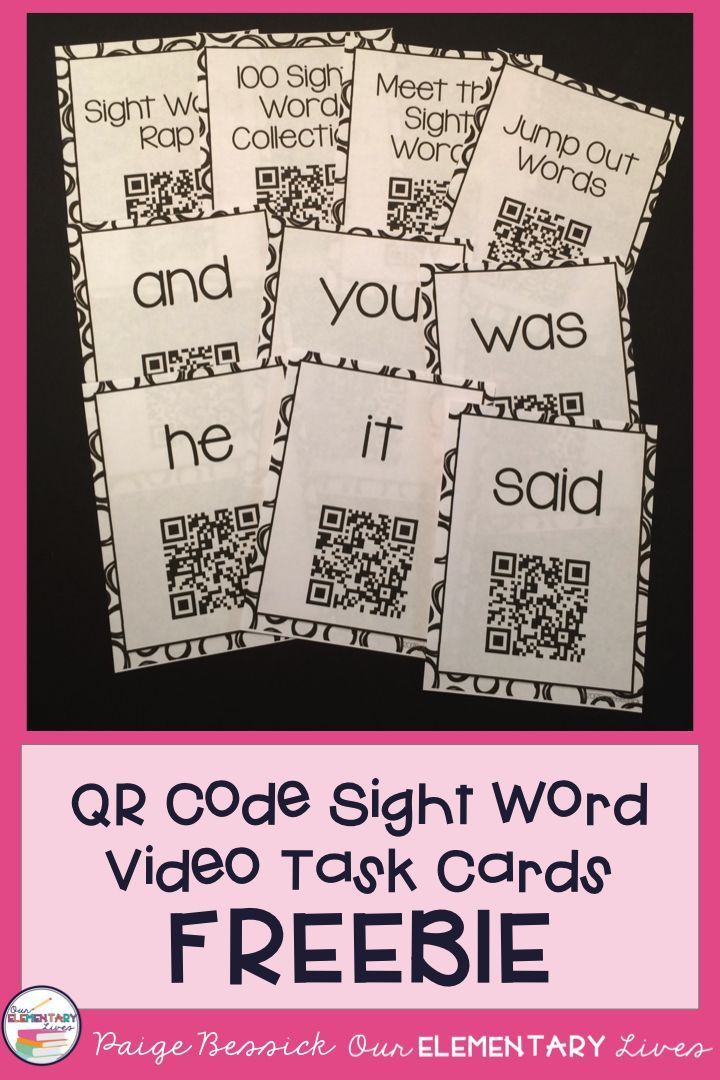
Fun And Easy Tips For Using Sight Words
Now that you know what sight words are and why they’re important, let’s dive into some specific tips to help you teach your child to read these words.
1) Ease Into The Adventure
Our first tip is to start slow. When introducing sight words, begin with three to five words and build from there. If your child seems a bit overwhelmed, you can always take it at their pace and reduce the number of words.
The goal is to help them learn a handful of sight words at a time. Start with a few words and, once your child can recognize these words on sight, try adding more!
For example, if they have a list of five words and have mastered three of them, try including three new ones so they’re still working on no more than five at a time.
2) Involve The Senses
Next, get as many of their senses involved as you can!
Giving your child the opportunity for fun, hands-on learning helps them connect their brain and body, which can reinforce what the word sounds and looks like.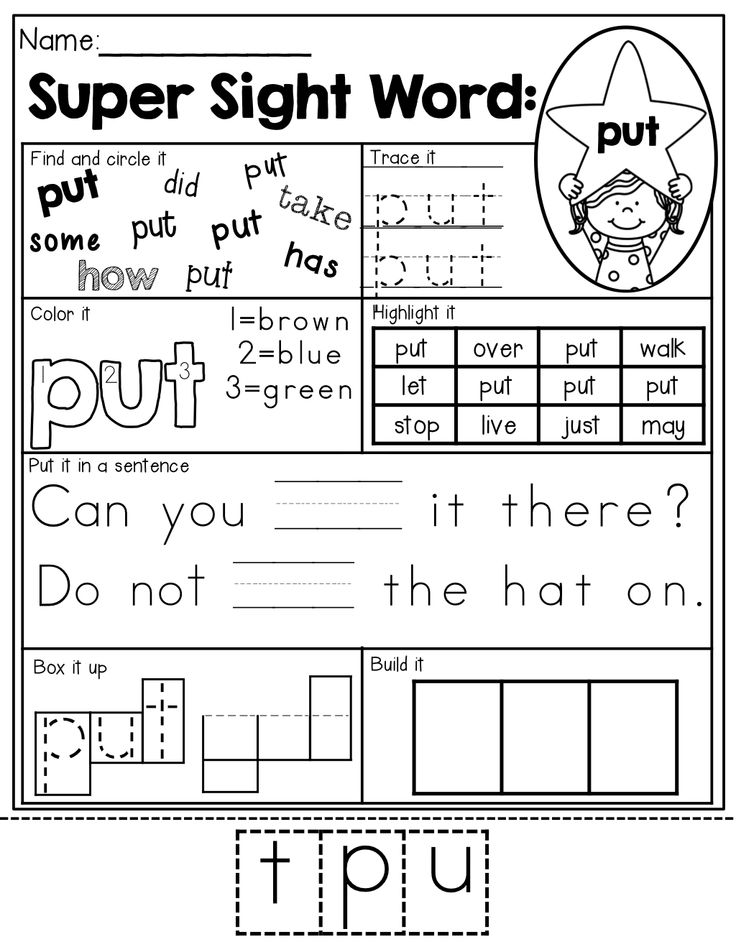
When you introduce a word, write it on a bright note card and put it in a place where they can see it throughout the day so that when you pass by the word with your child, you can point it out to them.
Say the word often in your everyday conversations so they can hear it out loud, and have them write the word in sand or flour using their fingers so they can touch it.
You can also use shaving cream to make involving their sense of touch even more fun! To try this activity, simply spread some shaving cream thinly over a cookie tray and let your child write the word in it.
By letting your child interact with each word in various ways, you’ll help cement it into their brain. So break out the playdough and challenge them to build each letter and put them in order. Or pour some salt into a baking pan so they can write in it.
Have your child try to spell the word aloud while hopping on one foot. Then, see if they can spell it with their eyes closed.
Change things up and keep the activities light and fun to help your child master the words!
3) Try Silly Spelling
Humor can help kids remember things in a different way. So don’t be afraid to get your child giggling as you practice.
So don’t be afraid to get your child giggling as you practice.
For this activity, say each word once, spell it, and then say it again. Then, have your child repeat what you just said back to you while looking at the word.
To make sure your child is connecting the sound of the word with the written word, give them a notecard to look at while the two of you spell and repeat the word.
To amp up the fun, get creative with it and use silly voices each time, encouraging your child to copy you. They will love having some fun, and you’ll love helping them learn sight words while going about your busy day!
4) Play A Word-Find Game
Finally, another great way to help your child become familiar with their sight words is by making a game of finding the words in a book.
To do this activity, choose one word to write on a card and let your child study it a bit. Once they’ve looked at it a while, challenge them to find it in a book. You may even have them find the same word five times in one book to see how useful sight words are.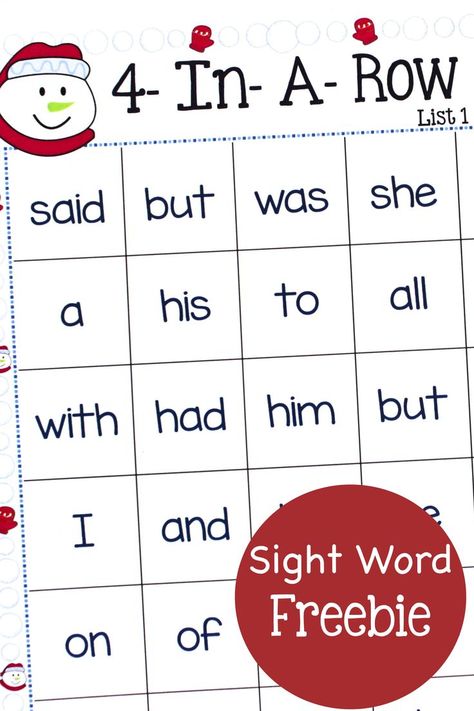
This is an easy, fun, and effective way to help your child with sight words while going about your day because you can send them on a word hunt while you’re checking things off your to-do list!
Another way to incorporate this new word-finding skill into your day is to pause while you’re reading aloud whenever you come across a sight word that your child knows. Then, have them look at the word and read what it says.
This process helps them see what the word looks like in context. It also encourages young readers to listen and follow the story, which is an essential literacy skill.
Tip: Avoid doing this too often or it may turn what should be a fun read-aloud time into a chore for your child.
5) Sight Word Slap
Sight word games reinforce words. They encourage your child to practice what they’ve been learning in a way that doesn’t feel like work.
Here’s another fun game you can play. You’ll need a fly swatter, a marker, and a stack of index cards.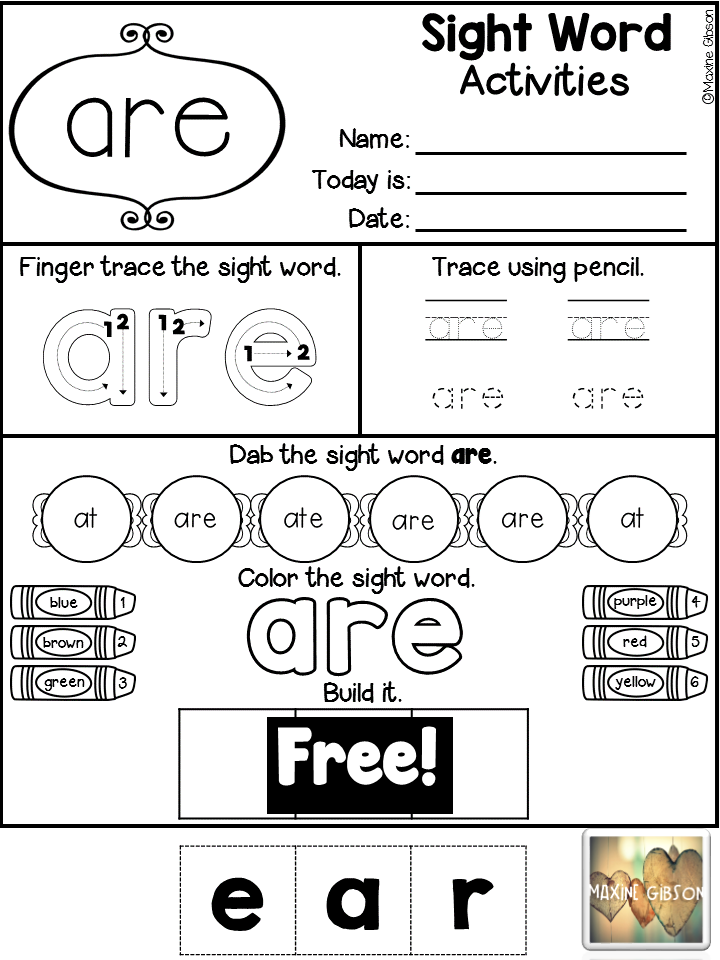
Before you play, write a single sight word on each card. Make sure to pick the ones your child is currently working on or has already mastered. This slapping game can be a fun way to review words your child already knows.
Spread the sight word cards out around the room, word side up. Then, call out one of the words. Have your child look for the card with that word on it. Once they find it, they hit it with the flyswatter, bring you the card, and read the word aloud.
If they misread a word, put it back out into the room and try it again later in the game. If they get it right, put the card in a stack.
Repeat this process until your child has successfully read all of the words.
6) Building Sight Words
If your child enjoys playing with building blocks, such as LEGOs or MEGA Bloks, they’ll enjoy this game.
Before you begin, gather a dry-erase marker, baby wipes to use as an eraser, and a stack of blocks. You’ll also need a list of sight words.
Pro Tip: While we’ve had good luck getting the marker off of MEGA Bloks with a baby wipe, you might want to test yours to ensure you have the same results.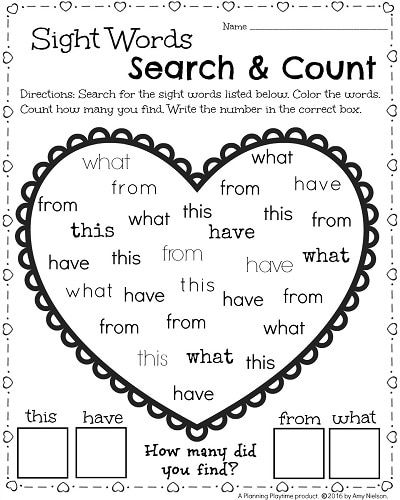 If not, you’ll probably want to skip this game. Or, you could put a piece of painter’s tape on each block and write on that instead.
If not, you’ll probably want to skip this game. Or, you could put a piece of painter’s tape on each block and write on that instead.
Once you’ve tested, write a single letter on one side of each block with the dry-erase marker. Make sure you have enough of each letter to make the words on your list. You’ll likely need more than one of some letters.
When your blocks are ready, call your child over. Ask them to identify the letters on each block. This step is a quick way to practice letter identification and ensure that they can clearly see the letters.
To play, ask your child to spell one of the sight words from your list by using the letter blocks. Have them set the blocks side-by-side to spell the word. For example, if they’re trying to spell “away,” they’d need two “A” blocks, a “W,” and a “Y.”
Once they spell the word correctly, ask them to read it. Then, spread the blocks back out to use in the next round.
When you’ve practiced all of the words on your list, have your child help you erase the letters with the wipes.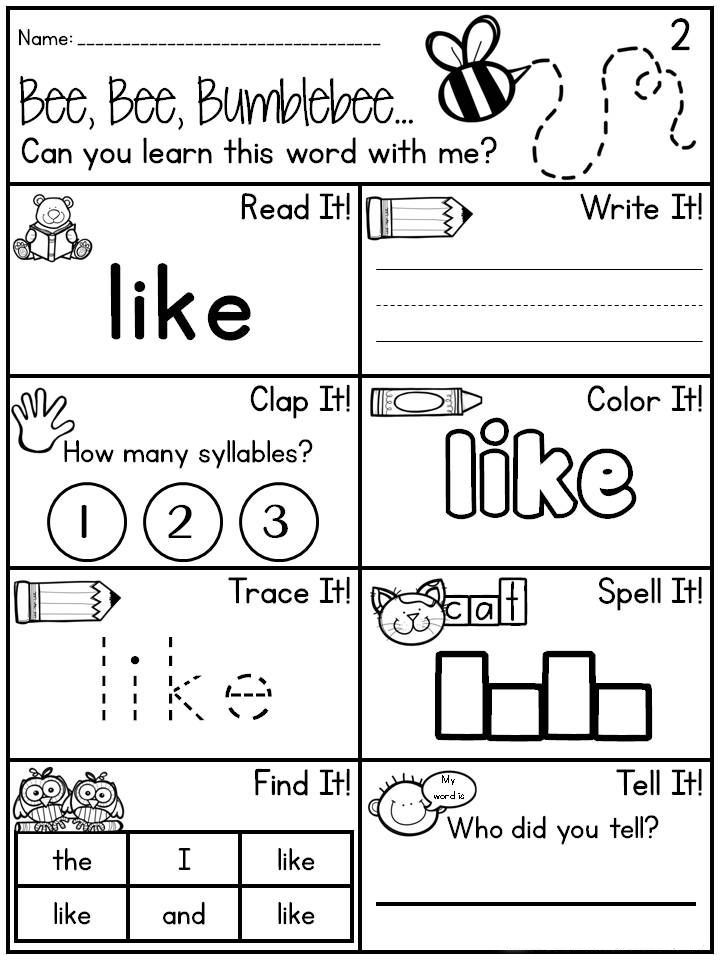
7) Make Your Own Books
While the reading games above can help your child memorize sight words, they’re often reading the words out of context. This can make it challenging for your child to remember them when they see the sight words surrounded by other words in a sentence or on the page.
To help your child learn to read sight words in context, make little books together! This activity allows you to customize the words your child practices. For example, you can include their name, names of family members, and various other words they can read.
Enlist your young reader to help with the writing process. Start by talking about all of the words they can read now and asking them to brainstorm some sentences that combine those words.
Be their scribe and write each sentence on a separate piece of paper. After you’ve written the words, ask your child to illustrate the sentence. Remind them that pictures can add clues to help them read if they get stuck, so the illustrations should match the text.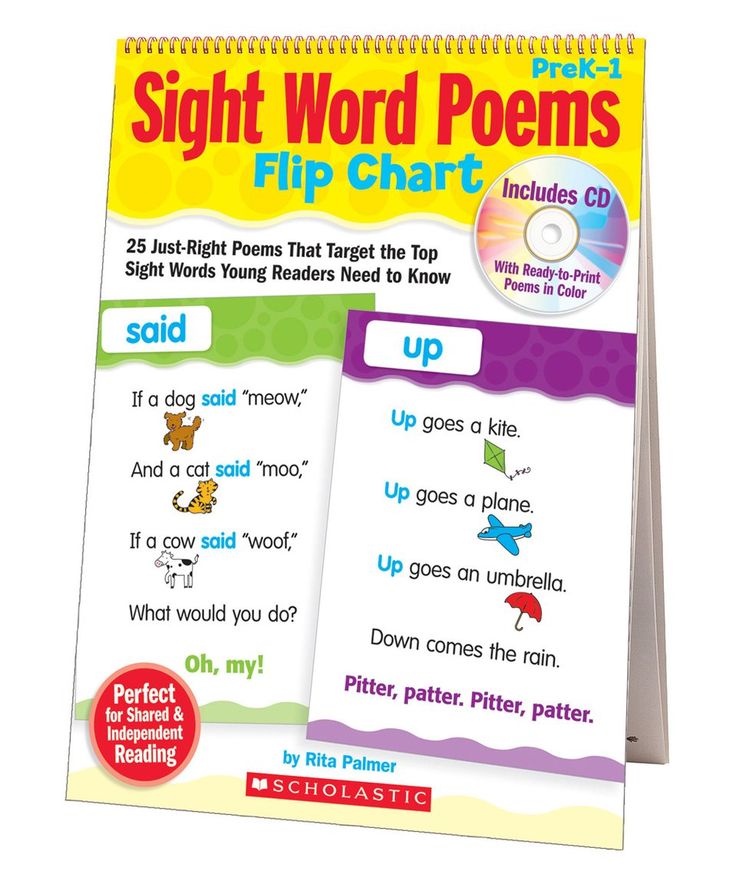
Encourage your writer to keep thinking of sentences. When you have a few pages done, staple them together to make a book. Then, have your child read the book to you. After they practice a few times, have them share their project with someone else.
If you’re having trouble figuring out what to write, here are a few simple sentences that use sight words. Hopefully, they’ll give you a starting point:
- I see the big red ball.
- Do you like my new dress?
- He is funny.
- We looked at a dog.
- Can you play at my house?
- Mom is cooking dinner.
- Dad is reading a book.
At first, don’t worry about the story making sense. Remember that the goal here is to practice reading sight words. So if the pages don’t flow together to create a complete story, that’s OK!
What To Do If Your Child Is Struggling
Sometimes, no matter how hard you try to help your child learn sight words, they still have trouble reading the words.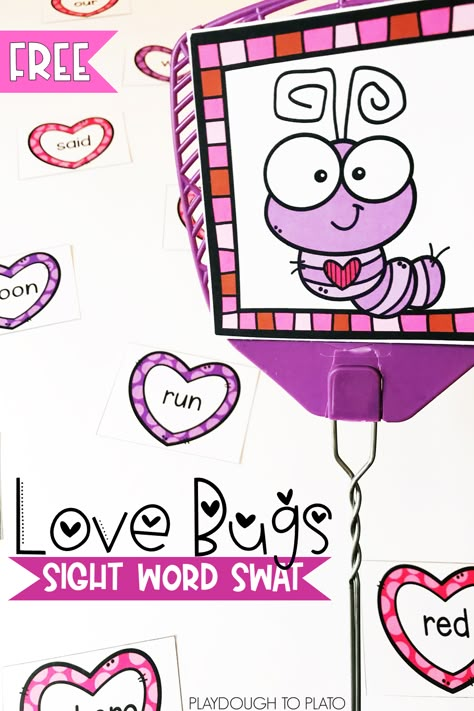 If this is the case, don’t worry! Just take a step back and reevaluate your approach.
If this is the case, don’t worry! Just take a step back and reevaluate your approach.
Here are a few things you can try.
Change Your Routine
Reading practice can sometimes start to feel dull or mundane. If your child usually does well but is having a hard time lately, try switching things up a bit.
For example, if you usually practice sight words after lunch, try doing it first thing in the morning. Or if you typically sit down at the kitchen table to work on them, try standing up or doing a movement-centered game instead.
These simple changes might not seem important, but they can make a big difference to your child.
Re-Evaluate Your Child’s Readiness
Even if you think your child is old enough to read certain words, they might not be developmentally prepared. Review the list at the beginning of this post to see if your child is ready.
If they aren’t, work on phonemic awareness activities for a bit. Then, come back to sight words after their reading skills are a little more developed.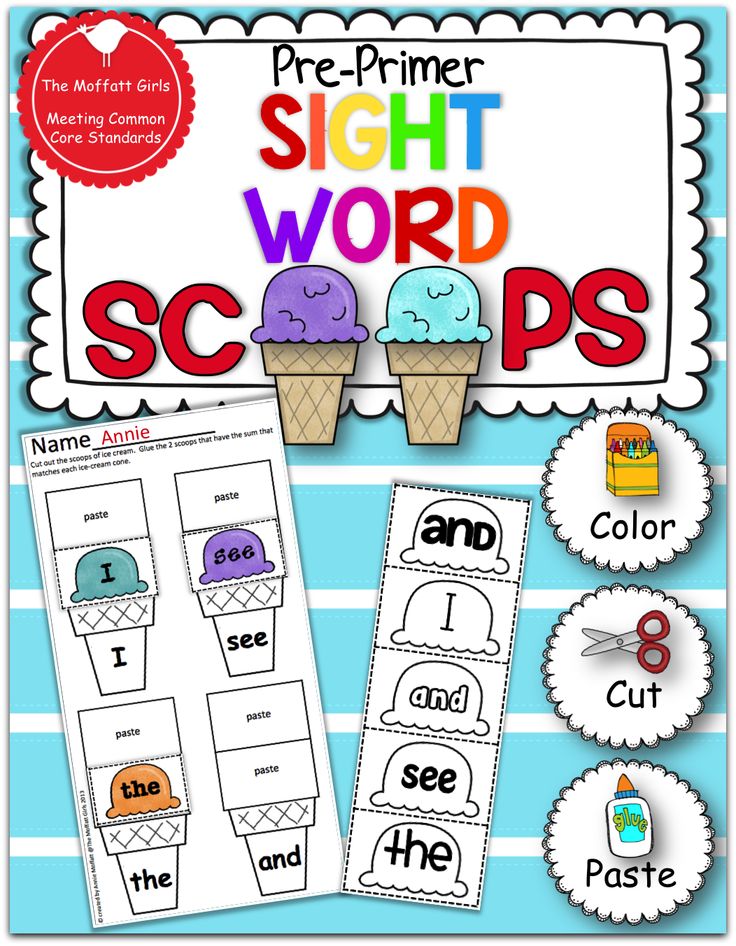
Use Different Words
Children go through different stages of reading development. Early readers often use the first and last letters of the word to provide clues. Then, they’ll try to guess based on that information. For example, if they see the word “dog,” they might read “dig,” ignoring the vowel in the middle.
As your child develops a better understanding of letters and sounds, they’ll apply that knowledge to their reading. Until then, it’s best to make sure the words you’re practicing don’t all look alike.
So if you’re working on the word “on,” don’t also practice “no.” These two words share the same letters and can confuse young readers.
Again, as your child develops reading skills, they’ll be able to tackle similar words better. But, for now, try to work on dissimilar ones.
Slow It Down
As mentioned above, you can’t be in a hurry when introducing sight words. But for some kids, two or three words a week can be too many. Try slowing down even more if the words don’t seem to stick in your child’s memory.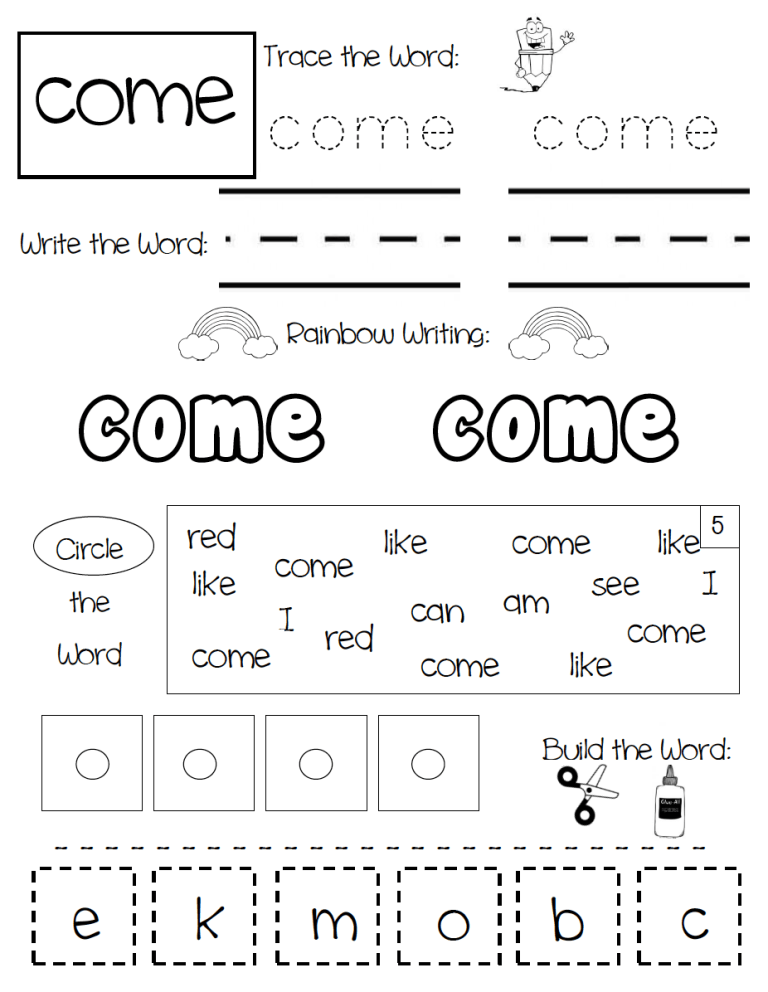
Pick one word to practice each week. Then, add a different one the next week. Often, simply changing the pace can be enough to help your child begin to master the words and gain confidence as a reader.
Use Tech
The HOMER Learn & Grow app has several games to help children practice essential sight words. Letting your child play for a little bit each day can help move the needle when it comes to reading.
Ask For Help
If you’ve tried all of the above and your child is still having trouble, it might be time to seek out some professional help.
A tutor or teacher can assess your child’s skills and give you tailored advice on how to best help them. They might also be able to recommend some great resources to help your child learn to read sight words.
Sight Words And Reading
Sight words are a great foundation for learning to read. As your child adds more sight words to their reading vocabulary, they’ll start to read with more speed and ease and, as a result, will begin to feel more confident.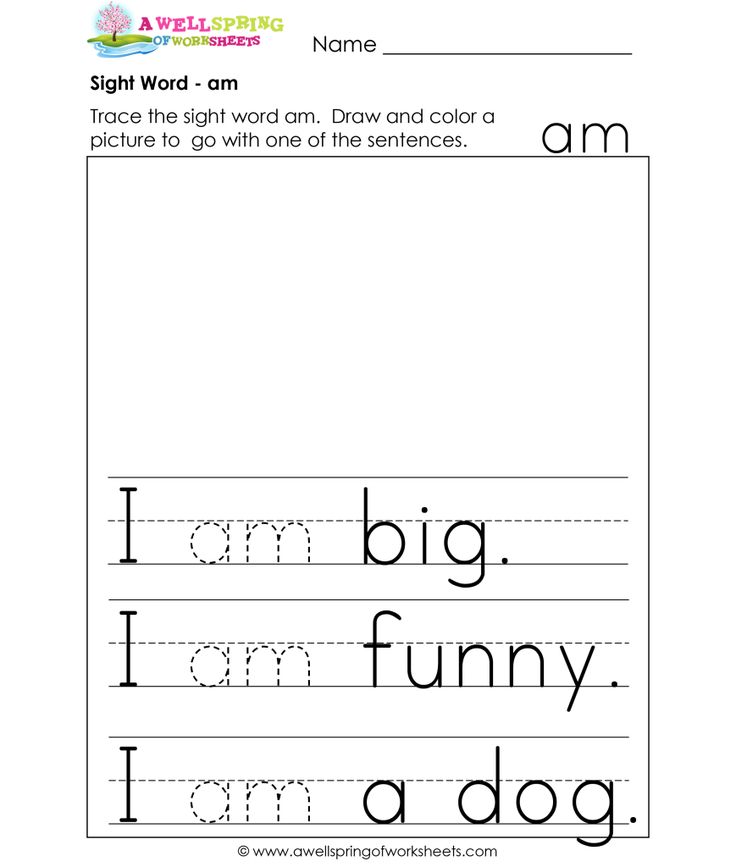
Think of every sight word as a building block. When you stack the blocks, a firm foundation is set. Your child can then build on this base, adding more words, more skills in sounding out words, and more fluency. And their love of reading will grow along with their skills!
A Lifetime Of Reading
To sum up, sight words are common words recognized by sight rather than by sounding them out. You can start teaching sight words to your child as early as four years old, but the exact timing will depend on when your young learner is ready.
There are fun and simple ways to start working on sight words with your child at home. It doesn’t have to be boring! The sky’s the limit when it comes to how you can teach sight words to your beginning reader.
Learning sight words can even feel like play if you change things up every so often. If you’re looking for ideas, check out our kid-tested games and activities. And for more fun ideas on how to use sight words, take a look at 13 Highly Effective And Fun Sight Words Games To Help Your Kids Learn.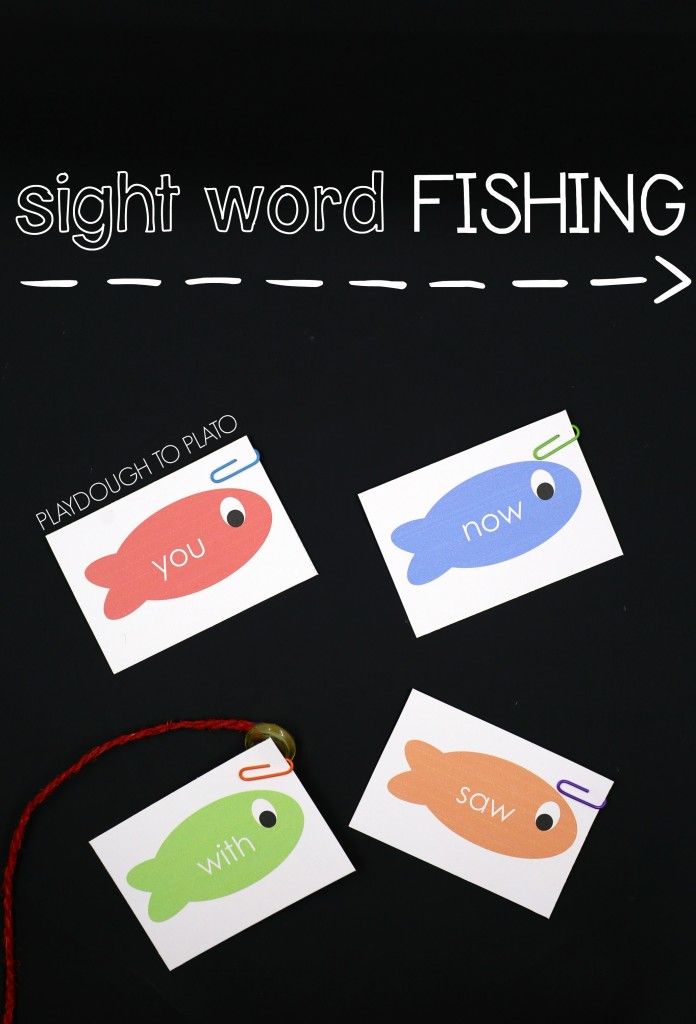
Whether your child is just starting to learn their letters or is already recognizing some sight words, we can help make learning to read fun! To encourage your child’s love of reading, HOMER uses their interests to curate stories just for them.
We have over 200 animated and interactive stories and songs for them to choose from. They can read along or read on their own for an experience that’s both fun and educational!
Author
Boost Kindergarten and First Grade Sight Word Power in 10 Easy Steps
Does anyone else have a Love-Hate relationship with sight words?
You know they're important, but sometimes getting them to stick is like
pulling teeth...that aren't loose...anyone else feel that pain?
I've tried many, many different ideas over the years.
Some good, some not so good.
Finally, I feel like I have a solid sight word routine in my class, and I'd like to share it with you.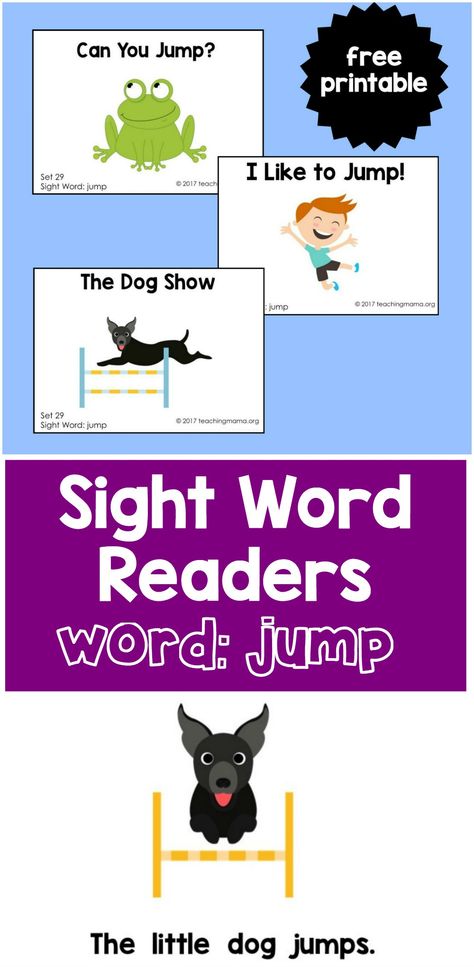
Here's what we do!
1-Introducing the Words!
In my district, we use Fry Words when teaching sight words.
Each Monday, I introduce the words to students one word at a time.
We cheer and chant and discuss what we notice about each word.
I use large flashcards to introduce each word.
Since we work on five words each week, we can target one word each day.
2-Heidi Songs DVDs
After introducing words, we learn the respective sight word songs!
HeidiSongs get children up and moving as they learn sight words, color words, number words, sounds, and on and on!
I LOVE these songs! I was thrilled last July to meet Heidi in person! Seriously a starstruck moment! She was such a genuinely kind person! I'm more of a fan now than before I met her!
Anyway, her songs are addictive! You'll go to bed and wake up singing them! MULTI SENSORY folks!
Yellow is one of my favorites!
3-Mix and Fix
We spend time during guided reading lessons working on words!
My love for magnetic letters is no secret.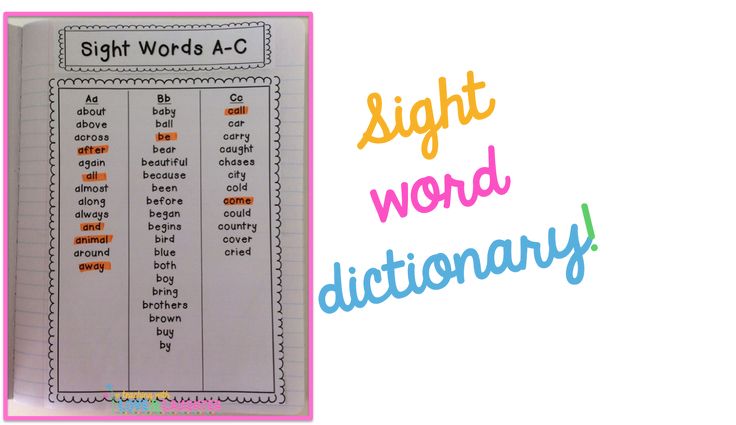 We use them each day.
We use them each day.
Mixing and fixing is one of my students' favorite activities.
It's also a chance for me to observe any confusions kids are having with words. I'm able to address confusions right then! Great opportunity for informal observation!
4-Flash Cards
Each child in my class gets a word ring to use as flash cards. You can print the words on labels and attach them to index cards or just print on cardstock, then place the cards on rings. The students keep the rings in their book boxes. They read the words to partners or Upper Grade Buddies.
5-Flash Sorts
One thing I've learned about teaching sight words is children need to "overlearn" each word. The words need to come automatically, much like letters or numbers. Sorting LIKE words seems like a very easy task, but for young children, seeing and reading those words over and over leads to that automaticity.
In this activity, students cut the words, then sort words by LIKE words, OR any other way you would like them to sort. You may only want students to have one copy of each word and sort by number of letters, beginning sounds, etc.
You may only want students to have one copy of each word and sort by number of letters, beginning sounds, etc.
I always ask my littles who are struggling to sort by LIKE words.
I suggest sorting the words 3-5 times. The more familiar the words are to children, the faster they can sort the words. They love the challenge of sorting faster as they time themselves.
Each Friday, they sort then glue their words in their sort booklets.
6-Flash Word Fluency
This activity goes home with students. Sight words are placed on a grid, and students are asked to read the words as quickly as they can 10 different times throughout the week.
At home.
Ideally, with their parents. That's the hope!
After each reading, parents (or other listeners) record the time it takes the child to read.
*This is not an original idea. Teachers have been doing this for a long time.
This pack contains the five words my kiddos focus on each week.
7-Flash Color by the Code
In this activity, students read their sight words to partners as quickly as they can 3 different times.
Then they use the color code on the page to color the words, saying each word as they color it. If students want, they can spell the words as they color, too.
8-Flash Sentences
For this activity, I created a phrase or sentence using each word. These ARE NOT Fry or Dolch phrases. I love Fry phrases, but some of them are too difficult for beginning readers. I wanted easy phrases for students to use while working on one-to-one and fluency.
All of your students may not need these sentences. Many of my students struggle with one-to-one correspondence this year. I knew we needed a place for students to point below each word so I included dots for that purpose.
9-My Short Books
I found these books one day while searching online. My Short Books are sets of books that target specific sight words and ARE NOT predictable.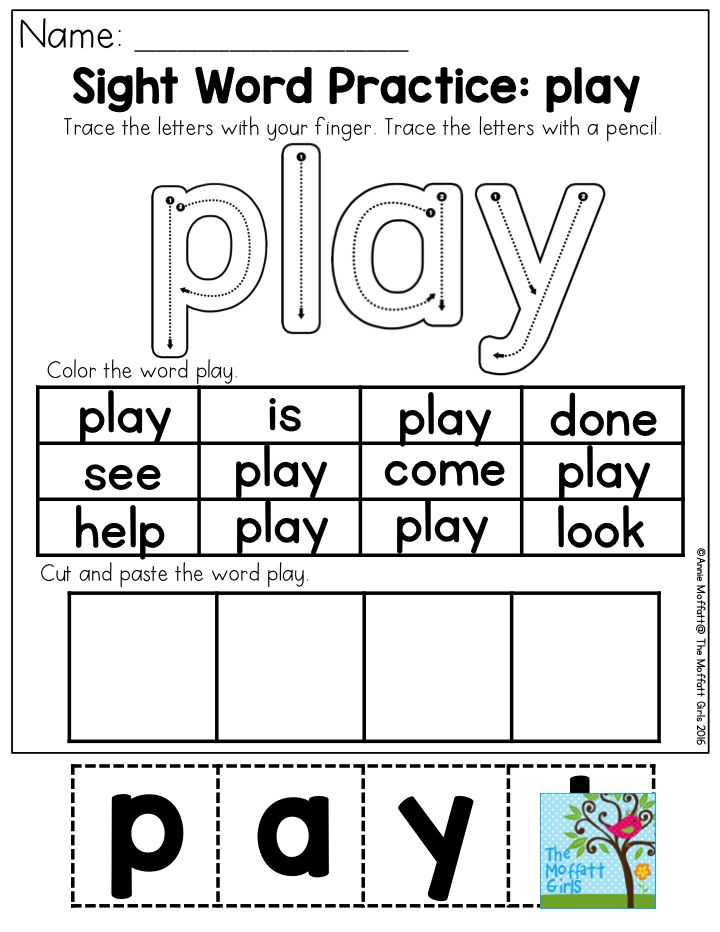 A former Reading Recovery teacher wrote them (which warms my RR heart).
A former Reading Recovery teacher wrote them (which warms my RR heart).
They are incredibly inexpensive, too!
If you haven't tried them, you can find them here.
10-Application
With all the practicing we're doing, I would be remiss if I did not hold students accountable for spelling sight words correctly in their writing. The first bit of writing we do is our Sight Word Spelling Booklet. I apologize for not having a photo of these books in action, but here's a pic to give you the idea. We also use a lot of blank books in the writing station. Easiest tip: Provide them with word dictionaries and encourage them to make use of the Word Wall and get them writing!
What else can you do??
There are so many ways children can work on sight words independently.
Here are my favorites:
*Play Dough Words
*Color by the Code-
My kiddos love these on Friday afternoons!
*Highlighter Tape-
My firsties feel like big kids when they're allowed to use the highlighting tape! They get so excited when they find words in books and on charts!
*Sight Word Bracelets-
Kids love bracelets so what better way to review sight words than with bracelets? Just FYI: Cardstock works better than copy paper.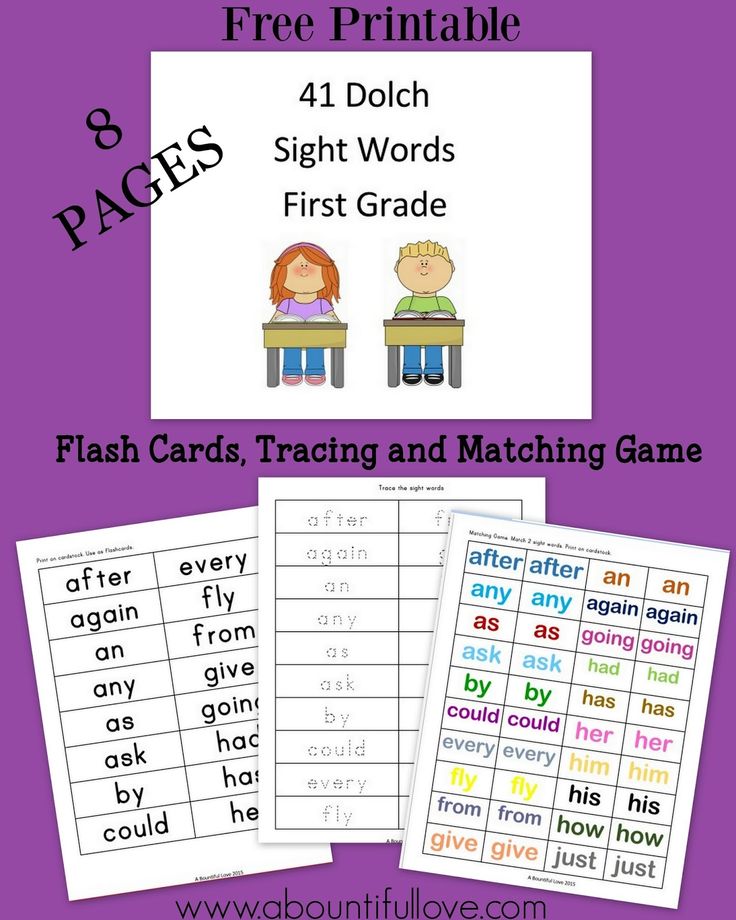 Insert smile here!
Insert smile here!
*iPad and Kindle apps AND Online Games-
Just google or search Pinterest for sight words. There are bunches!
My friend, Emma, has a great list right here!
*Letter Stamps-
Kids love stamps in all their messy glory!
These are from Lakeshore.
*Scrambled Sentences-
We all know how important it is to practice reading words in context.
*Partner or Group Games-
There are a ton of word games your kiddos can play: Memory, Musical Words, Bang-type games, etc. My kids love our seasonal games!
Don't forget to provide them with as many opportunities as possible to READ, READ, READ!!
Most of these activities are found in my Sight Word pack,
and here are a few of my other sight word activities!
A freebie is included!
This one is a FREEBIE!
Whew! That's a lot to process! If you're still here, thanks so much!
Have a great week, friends!
| Victory over suffering has been granted to people
A jubilant Easter proclamation - "Christ is Risen!" may seem like a strange dissonance in a world full of anger, fear and pain. One of the striking features of the gospel narrative is the way it portrays the apostles in an uncomplimentary light. A little later Christian literature writes about them, of course, with reverent reverence, but in the Gospels the apostles are shown as people with their own weaknesses and shortcomings. They fled when Christ was arrested - "Then, leaving Him, they all fled" (Mark 14:50). Peter denied it three times. Even when the myrrh-bearing women announced to them about the Resurrection, they did not immediately believe. But the first words that the Risen One speaks to them are “peace be with you”. He does not address them with reprimands or reproaches. He proclaims forgiveness to them. He does not think of leaving them as they left Him. He continues to absolutely trust them. The world in which Christ was crucified and resurrected was full of rage, revenge and hatred. The Jews hated the Romans, and the Romans hated the Jews; those and others, in turn, were divided into various groups that were fiercely at enmity with each other, only thinking about how to put their opponents to death - and, if possible, painful. As throughout history, people readily seized on any excuse to tear each other to pieces. In this world, Jesus was put to the most shameful and painful death, which was intended for the lowest criminals - crucifixion. When He rose from the dead, He did not even think to come with revenge to His crucifiers. He came to the disciples, who had betrayed and fled, to proclaim peace to them. The Easter message is a message of reconciliation and forgiveness in a world that, just like during Jesus' earthly ministry, is full of rage, anger and hatred. One may lament that this message makes little difference; but it is not intended to change the geopolitical situation. People make mistakes and sin, including in the most destructive way. People jump to conclusions from incomplete information - especially when it hits the nerves and deprives peace of mind. It has always been so. But in our time, the Internet makes us direct witnesses of death and destruction. An avalanche of rumors, hasty conclusions, frightening and confusing news, including those deliberately composed in such a way as to unbalance psychologically, falls on us all. All this is very bad for people's ability to behave reasonably and responsibly. And the same Internet makes the whole world a witness to what people say in a moment of anger or fear. At the same time - such is fallen human nature - people insist on their decisions. On harsh words that caused a quarrel, on a glove thrown in a fit of indignation, on a decisive break in relations. People drag behind them an ever-growing clod of their mistakes, failures and crimes. And now Easter means that it is not at all necessary to carry all this burden further. You can accept forgiveness and start life from scratch. This gives us the strength to accept the obvious: not only other people, but we ourselves made decisions that should not have been taken, and said words that should not have been said. We can safely acknowledge this because we are forgiven and accepted by the One who died for our sins and rose from the dead. In the Church on Easter we sing “Resurrection Day! And let us shine with triumph and embrace each other; say: "Brothers!" and those who hate us, we will forgive everything for the sake of the resurrection. Media news2 |
Natalya Radulova: There is no fear in love
It seems to me that hardly anyone will read a column with such a title. Now other headlines are in vogue: "Russia is waiting for a default", "The crisis will drag on for years" or "The unemployed take to the streets of the city.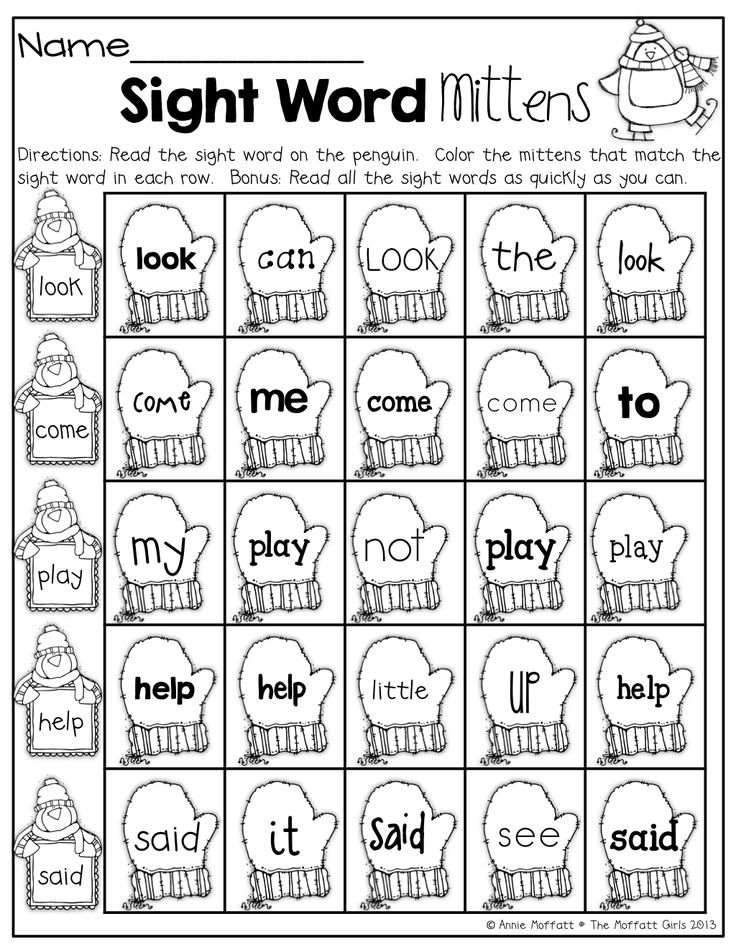 " Not for love.
" Not for love.
But still it exists. Love. After watching the terrifying news on TV, hearing from another friend about staff reductions in his company and groaning at the sight of exchange rates on the wall of the exchanger, I went down to the subway. Gloomy citizens sat in a row. And on their faces - a creeping line of alarming messages: "How to pay for a mortgage?", "In what currency to keep savings?" and even “Well, how now to feed the family?”.
So, if you want to get through hard times, look for your soul mate. Fall in love so you don't have to worry about anything but "Why are you sad, honey?
In order not to see all this, unbearable, I buried myself in the newspaper. They wrote about how the current economic crisis is similar to the Great Depression and how many unemployed people will be in Russia by the summer. It was impossible to hide from the bad news, as from the ringing of the tocsin.
And then they entered.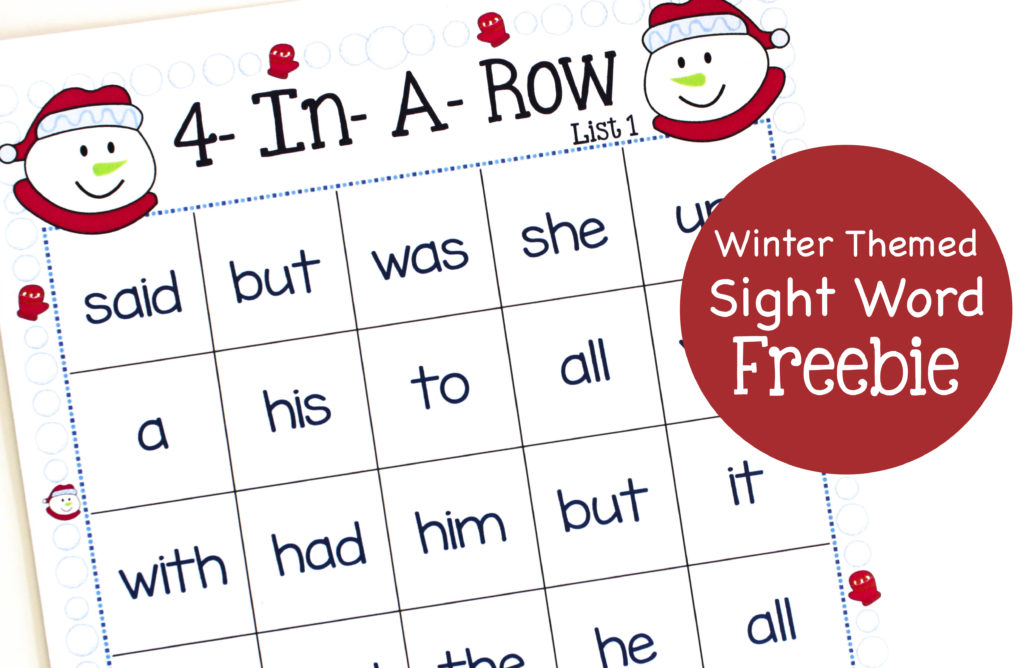 A man and a woman, not so young, but not very old either. Seen something in their lives, but still full of hope. They held hands, ignoring the railings. They looked into each other's eyes and smiled as idiotically as only lovers smile.
A man and a woman, not so young, but not very old either. Seen something in their lives, but still full of hope. They held hands, ignoring the railings. They looked into each other's eyes and smiled as idiotically as only lovers smile.
The man leaned over to his companion, inhaled the scent of her hair and froze. She reached out to him, but did not kiss, did not hug, leaving a millimeter between him and herself - the eternal distance of tenderness rushing outward. "Do not lean" whitened behind them.
| Looked into each other's eyes and smiled in such an idiotic way that only lovers smile (photo: sxc.hu) |
wagon. There was no anxiety, tension and anger in them. There was no sternness - "The last parade is coming" - on their faces. Of course, they were in the same boat with us, they knew about our problems and probably already faced some financial difficulties themselves, but they didn’t care. They were shining, that's what.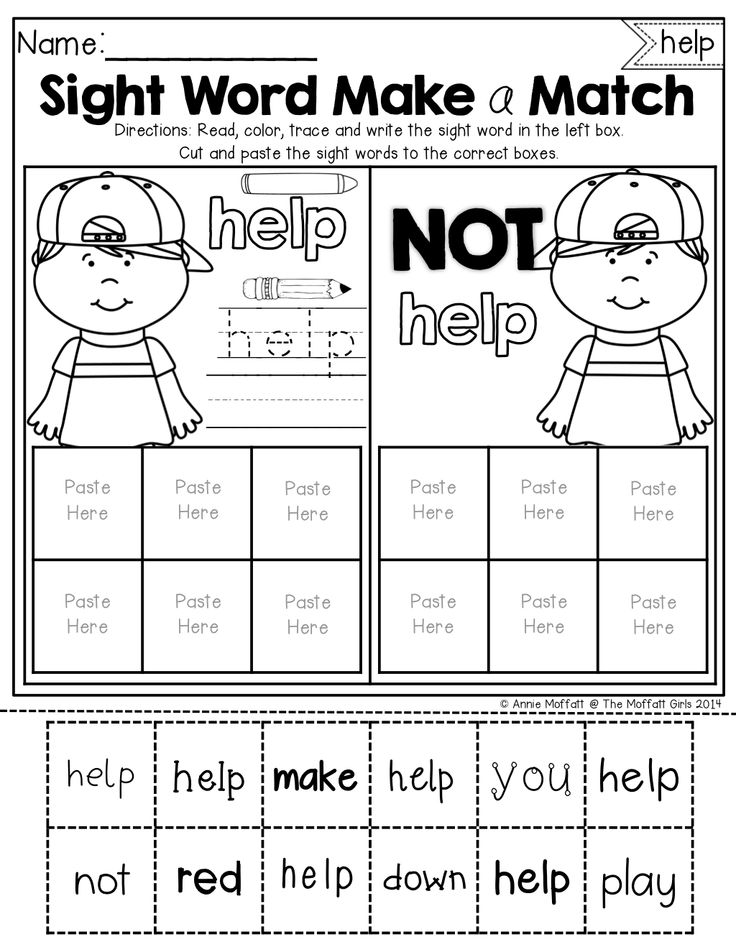
I understood, I perfectly understood the reason for their serenity. “There is no fear in love,” as if someone quietly suggested the words from the Bible. Oh, that first feeling of togetherness. Inspiration, happiness, the feeling that the sea is knee-deep to you. “Yes, fire me,” you laugh in the face of your boss when you are in love. - I do not care". Flooded neighbors? Sneeze, I have a date today. Quotes collapsed? Lord, what difference does it make if he says: “My ... my ...” Crisis, devastation, flood - nothing matters to a lover. In the frost, barefoot to the sweetheart went.
I remembered the first time I had an HIV test at the age of 18. Then we were all intimidated by this virus - after all, we grew up on horror stories about it, and this slightly resembled paranoia. I must say that even now I take such tests without much enthusiasm, and even then it was generally something beyond the degree of horror. For some reason, I decided that they would definitely find “it” with me, and prepared for death.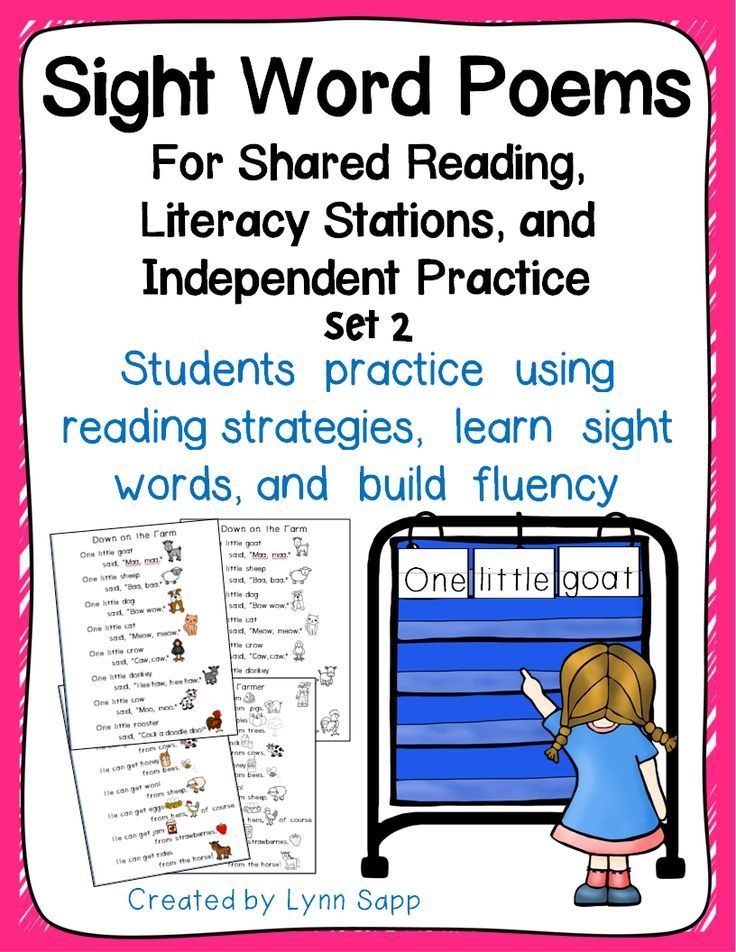 I donated blood, but decided not to even go for the results - and so everything is clear, because I have recently lost weight, and this is the main sign that I am kirdyk.
I donated blood, but decided not to even go for the results - and so everything is clear, because I have recently lost weight, and this is the main sign that I am kirdyk.
But in the two weeks since I went to the clinic, I fell in love. Everything was fast, I had known the boy for a long time, but I had not noticed before how beautiful he was, how smart, caring, affectionate, the best in the world. And then she found out and flew into the sky. Of course, we could not tear ourselves away from each other, we were spinning like snowflakes under the clouds, and at the same time we did not even kiss. I solemnly confessed to my beloved that I was dying and that now it didn’t matter to me. He said that he would also die, since such a thing, but you still need to go for tests - this can give us a couple of extra years of life.
You know what? I went with him to this clinic. I was no longer afraid. There is no fear in love. I calmly went into the doctor's office, calmly left with my certificate "The result is negative" and did not flinch for a second.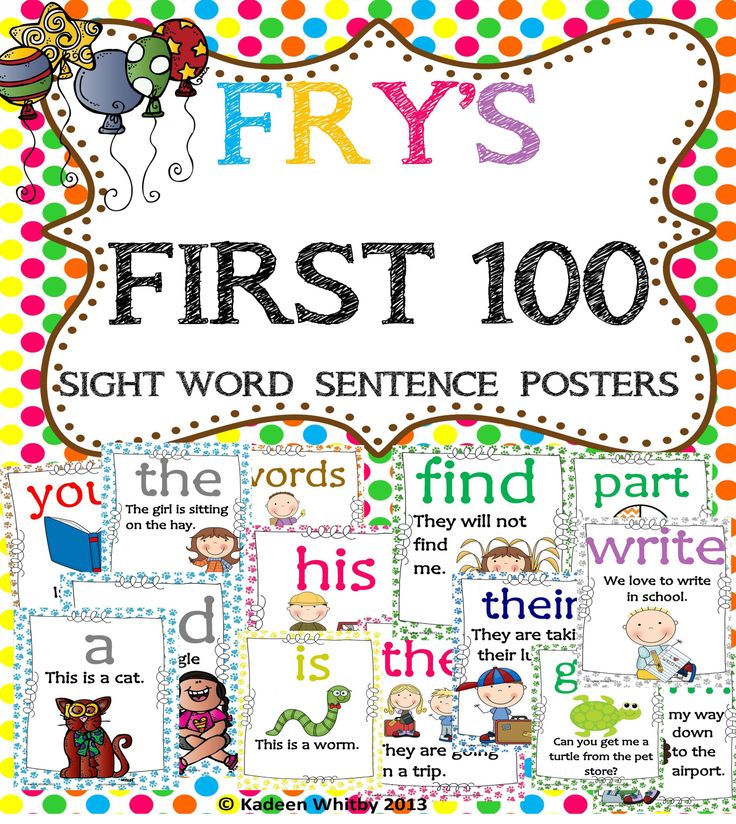

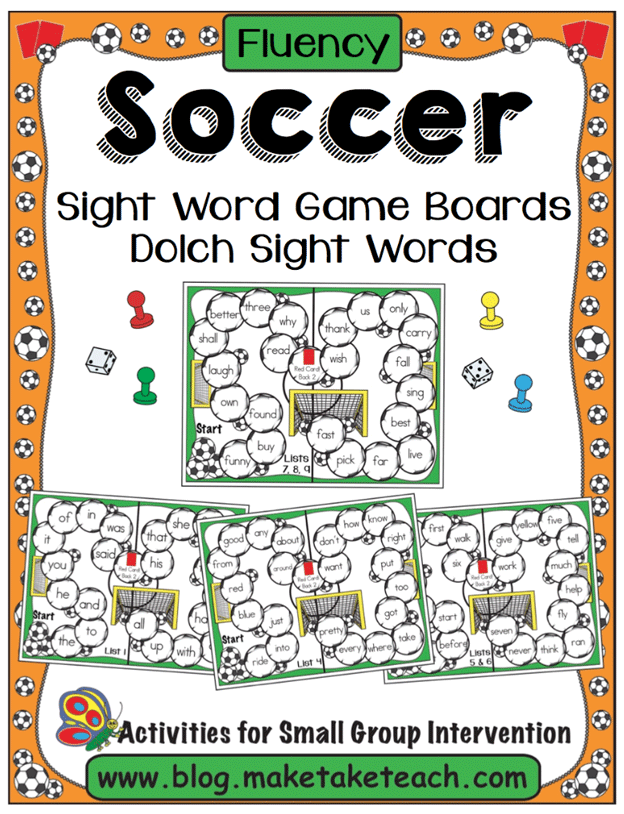 Cracks lie not only on the world map, but also between loved ones, relatives, friends and colleagues. But it is precisely at this time that we especially need to hear and understand this Easter message.
Cracks lie not only on the world map, but also between loved ones, relatives, friends and colleagues. But it is precisely at this time that we especially need to hear and understand this Easter message. 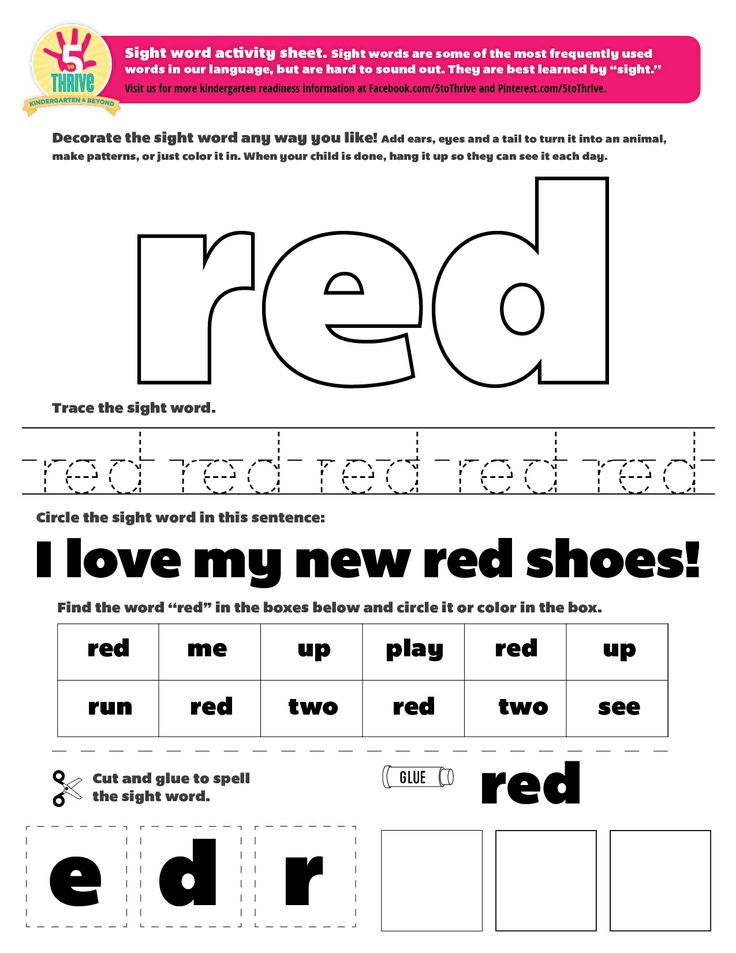
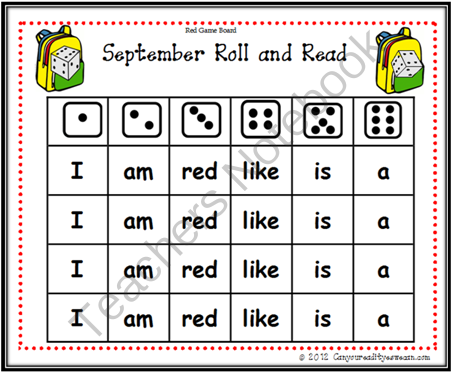 It changes people, one at a time, those who respond to it of their own free will.
It changes people, one at a time, those who respond to it of their own free will. 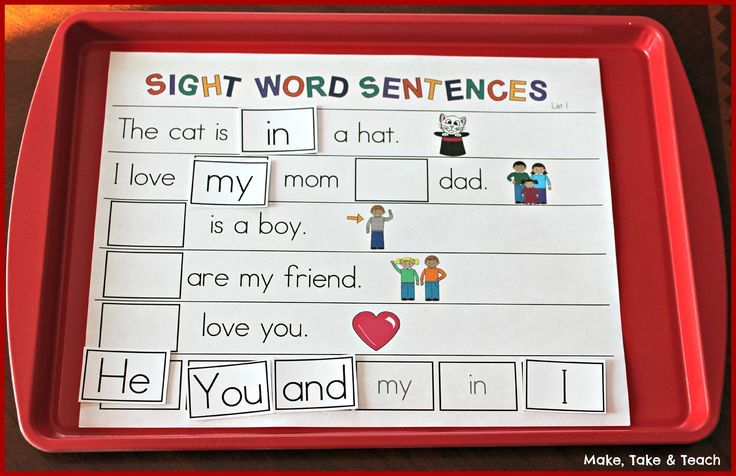 The worse the consequences of a choice made by a person, the more fiercely he will rest against it. Wounded pride demands to insist on one's own - and fear is often hidden behind this pride. The world does not forgive mistakes and does not condescend to weaknesses. So it seems the best thing you can do is deny them.
The worse the consequences of a choice made by a person, the more fiercely he will rest against it. Wounded pride demands to insist on one's own - and fear is often hidden behind this pride. The world does not forgive mistakes and does not condescend to weaknesses. So it seems the best thing you can do is deny them. 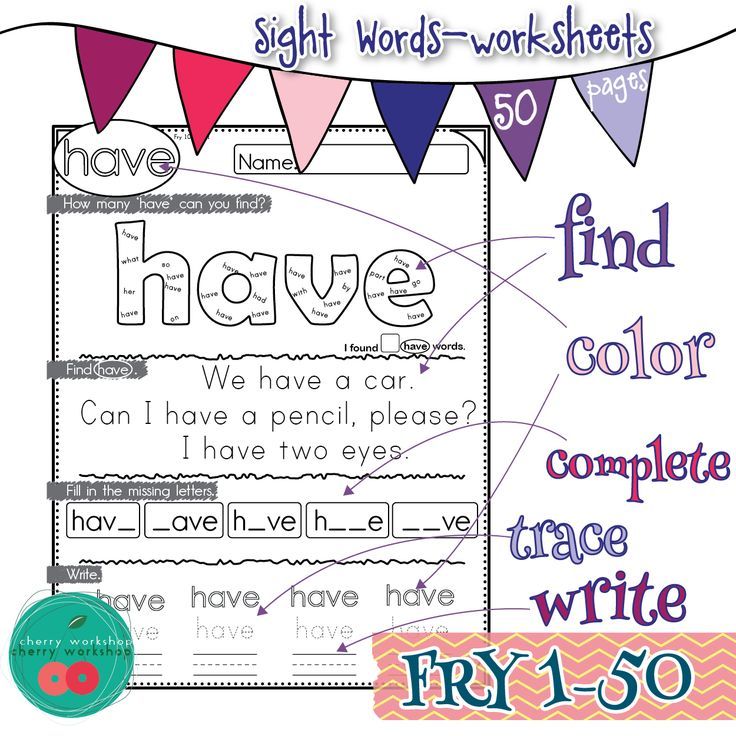 ” We can accept forgiveness and forgive those who hate us. From this, the world will not stop bubbling with rage and revenge. He will lie in evil until the return of Christ in glory. But we will no longer be a part of it. We will leave behind our sins and the sins that other people have committed against us in order to enter into the new life that the resurrection of Christ opens for us. Christ forgives us our malice and cowardice, wrongness and blindness, so that we too can forgive the wrongness and blindness of others. We just have to decide - to choose the path of love, not hate, acceptance, not rejection, forgiveness, not claims.
” We can accept forgiveness and forgive those who hate us. From this, the world will not stop bubbling with rage and revenge. He will lie in evil until the return of Christ in glory. But we will no longer be a part of it. We will leave behind our sins and the sins that other people have committed against us in order to enter into the new life that the resurrection of Christ opens for us. Christ forgives us our malice and cowardice, wrongness and blindness, so that we too can forgive the wrongness and blindness of others. We just have to decide - to choose the path of love, not hate, acceptance, not rejection, forgiveness, not claims. 